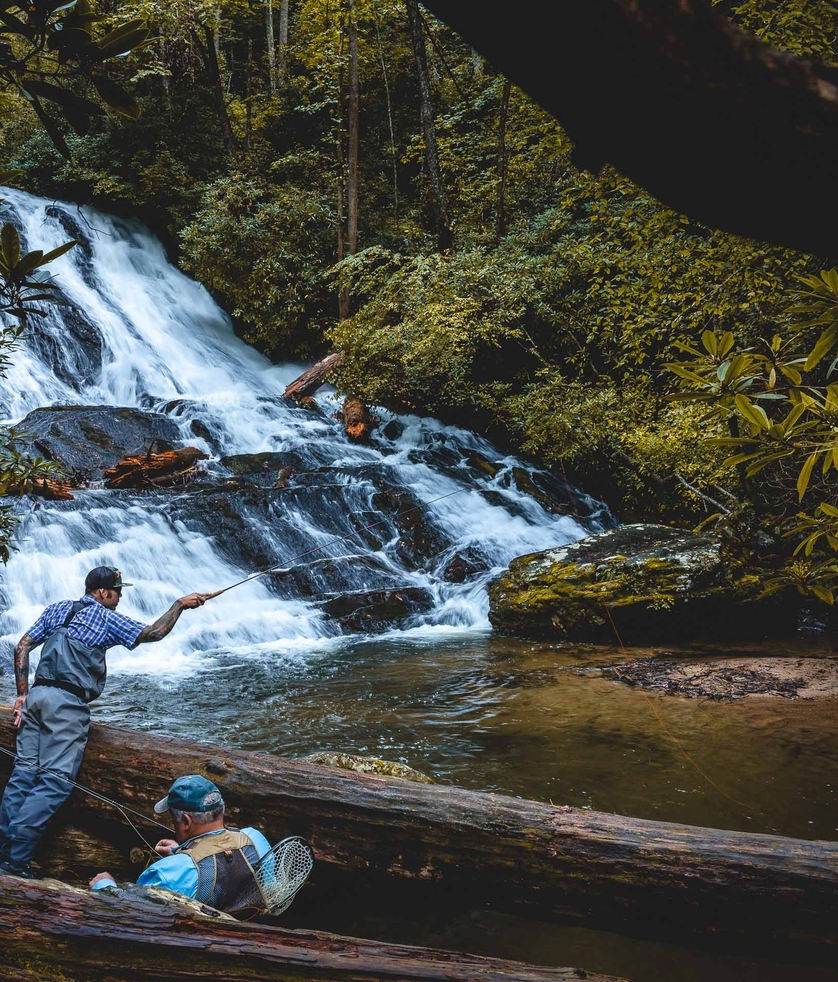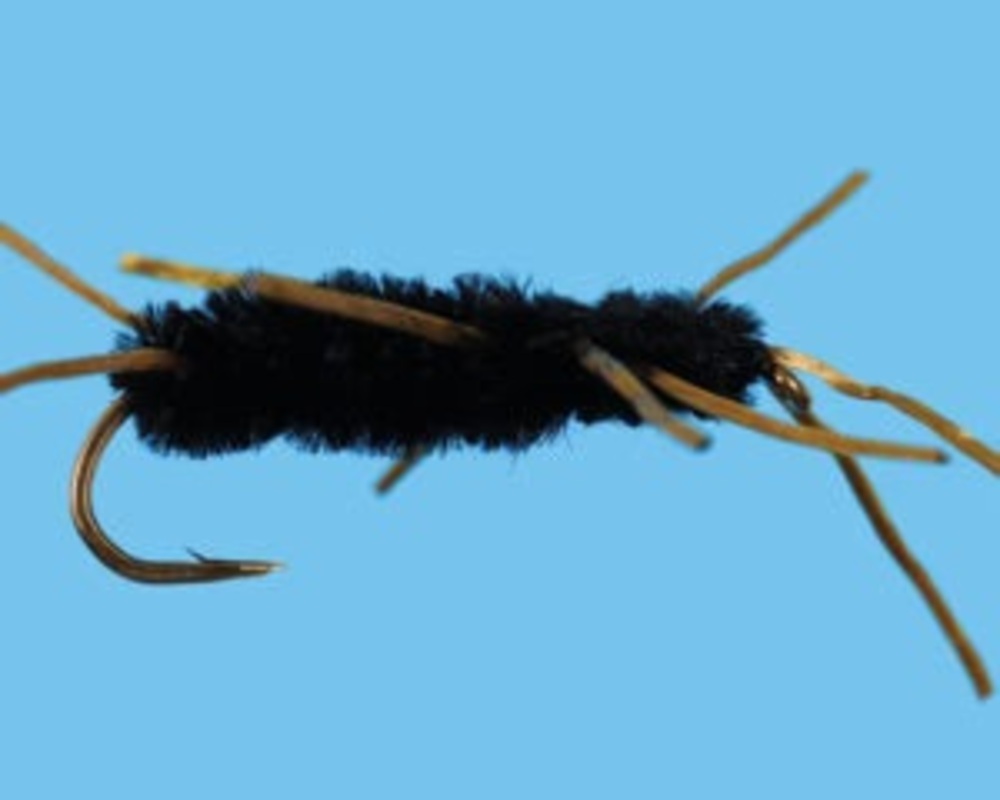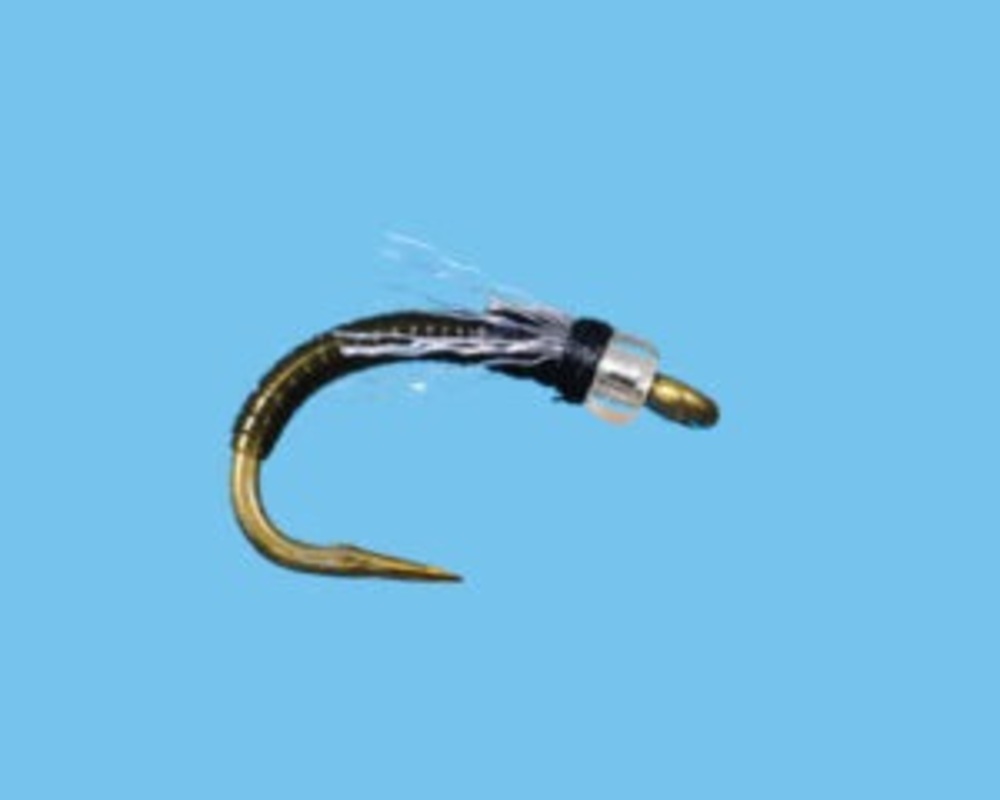|
|
|
Current ConditionsWe finally received some much-needed rain, and after a few days of water too high to fish safely, we are back at it and back in the swing of things. |
Davidson River Fishing Report
Fishing Report for December 1st, 2025
Winter time is here in WNC, but that doesn't mean you should stop fishing. It is always a good idea to take someone else with you to the river this time of year so that you don't get too cold and can't get yourself back out. If you are out on the river looking for bugs, then you might see a few Winter Stoneflies, a few Black Caddis, or a Blue Winged Olive. Fish will be willing to come up to the surface, but likely will be spending most of their time on the bottom looking for insects to come by them. Getting a good drift is really important this time of year, as the fish will not be as willing to swim over to your flies to eat them; they will wait for the food to come to them.
Local fishing report
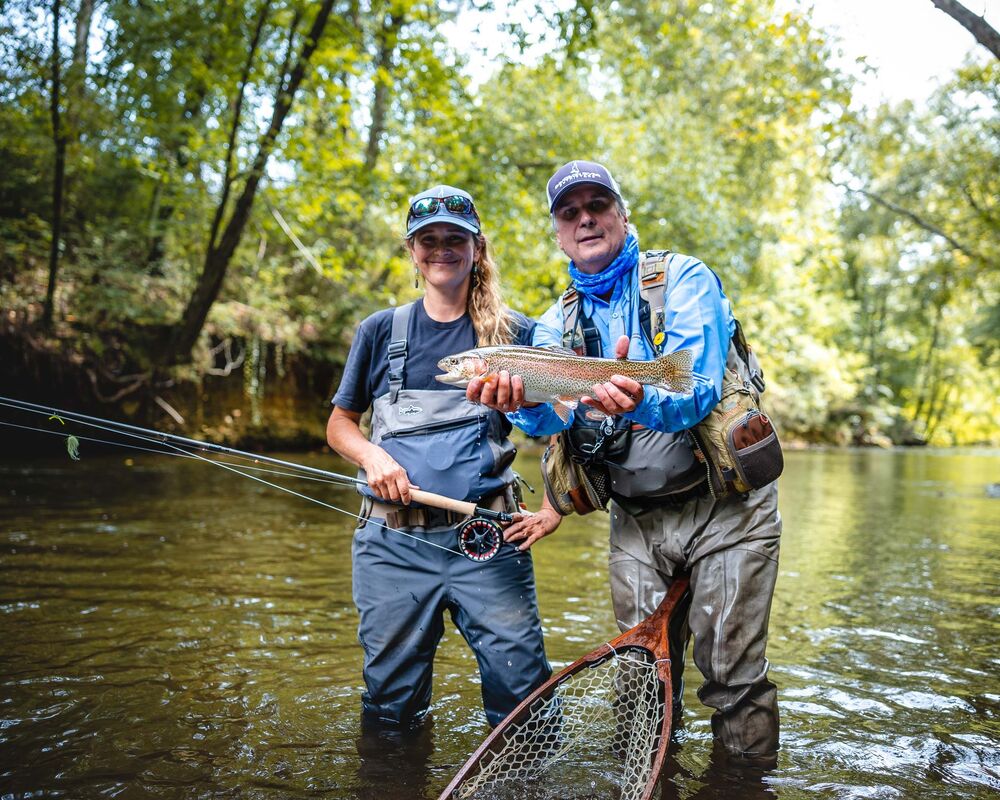
Davidson & Area Rivers
Winter has officially arrived in WNC, and the rivers are cold. Temps on the Davidson have been in the mid-30s and low 40s for a week or so, and are not expected to rise any time soon. Bugs like Blue Winged Olives and Black Caddis might still be floating around on top of the water, but you shouldn't expect a day full of dry fly fishing. Midges and Stonefly patterns are a hot commodity on the river right now, and should stay this way for the next little bit.
Flies: Adams 12-16, Blue Winged Olive 14-16, Worm Farm 14, Flash Bang Midge 18-22, Girdle Bug 14-16, Howells Shuck It Jig 14-16, Soft Hackle Hare's Ear 14-16
Rod: G-Loomis IMX-Pro V2
Reel: Lamson Guru
Line: Rio Gold Line
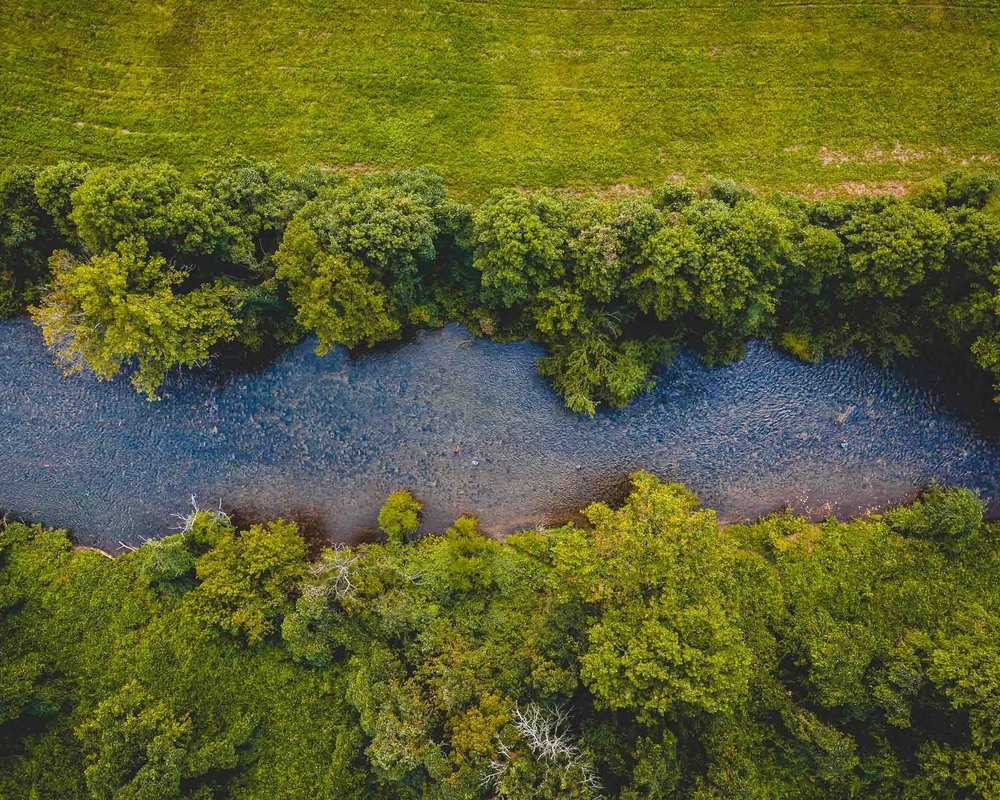
Delayed Harvest
While the Delyaed Harvest rivers will not get any more yearly stockings, this doesn't mean that you shouldn't be fishing these rivers. After being stocked multiple times in the fall, and no fish harvest allowed during the Winter, now is a great time to catch tons of fish on these rivers. Fishing junk flies like eggs and worms will always work on these rivers, but during the Winter months, midges and small insect patterns really seem to shine after the fish have seen all the junk patterns. Fish a fair amount of water until you can find a group of hungry fish, and you should have a successful day on the river.
Flies: Girdle Bug 12-14, Morrish Dirty Bird 16-18, Howell's Shuck-It Jig 14-16, Jig Perdigon 16-18, Hot Head Squirrel Leech 10, Squirmy Worm 16, Chubby Chernobyl 14-16
Rod: St. Croix Connect
Reel: Redington Ace
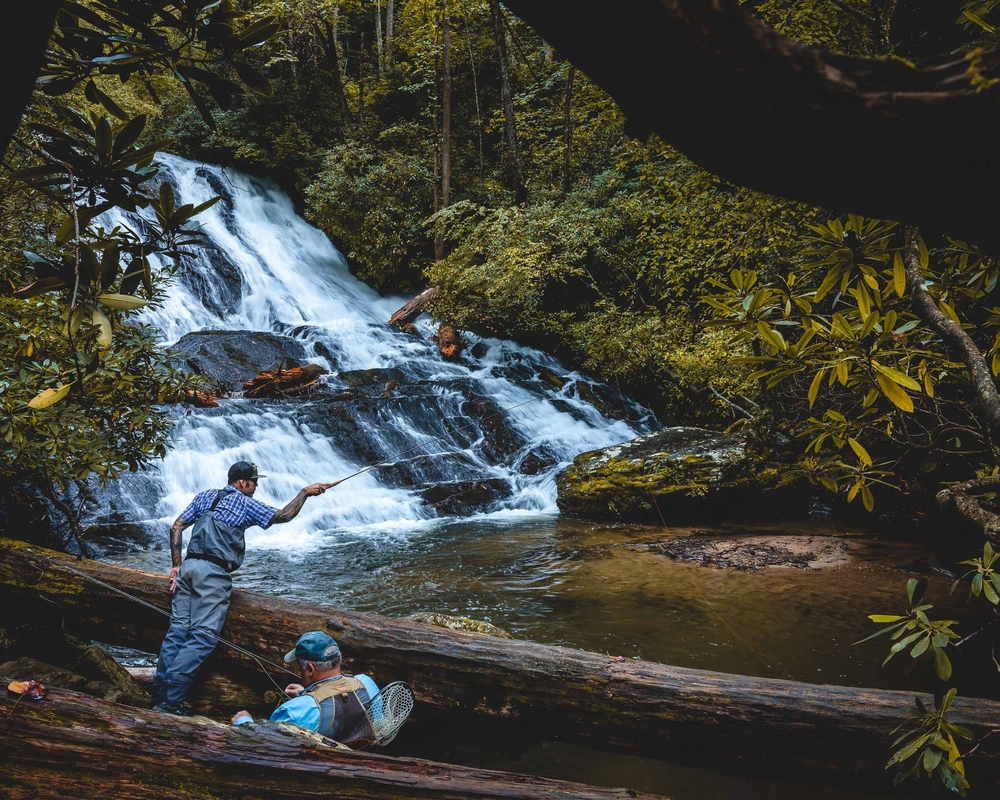
Small Streams
While this might not be the time that everyone thinks of to go to small creeks, there are still plenty of fish that are hungry to bite. Fishing very small double nymph rigs or tying on a dry fly just as an indicator is a great way to catch some of these fish. There still won't be any people on these rivers, but you might have to watch out for other wildlife. While the fish might be moving a little slow in these streams now, they are still in there, and they are still looking for a snack.
Flies: Elk Hair Caddis 16-18, Stimulator 16-18, Sassi Solution 18-20, Soft Hackle Hare's Ear 14-18, RS2 Midge 18-22, Pheasant Tail 20-22, Swing Caddis 16-18
Rod: Tenkara Rhodo
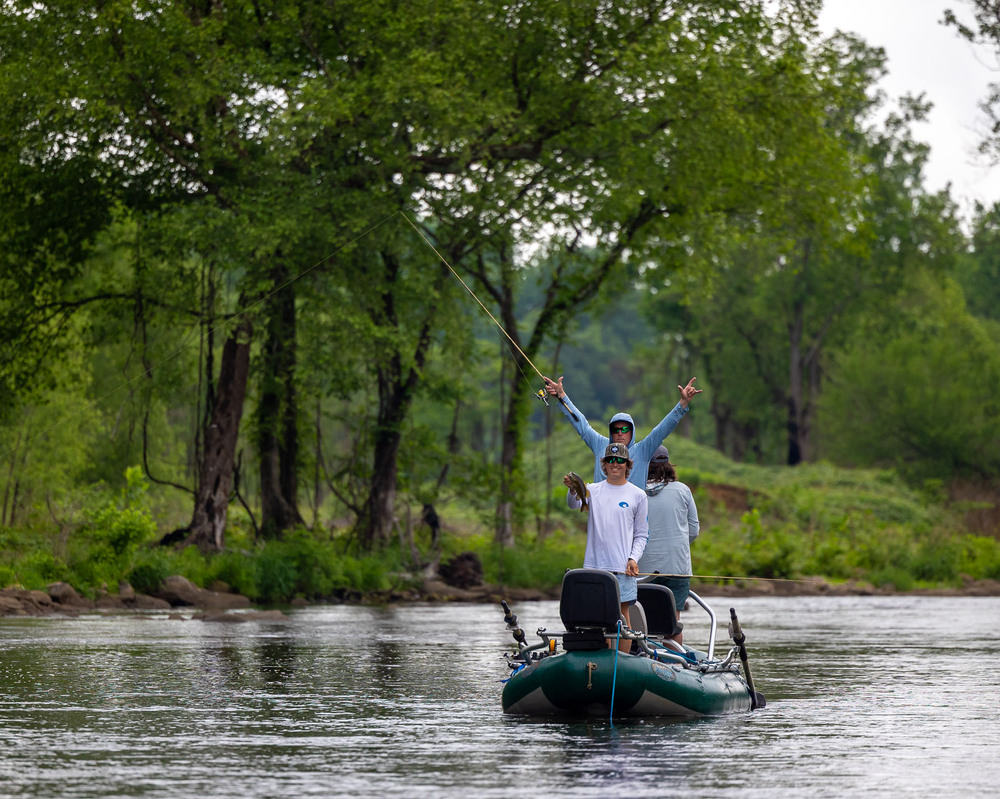
Smallmouth/Warmwater
Smallmouth fishing is definitely starting to slow down, with most of the fish hanging out in the deeper pools and not feeding as aggressively. Musky fishing is also starting to pick up now, with cooler temps and nasty days, catching a musky is not out of the question, so be prepared for a fight if you are fishing big sand drops, or deep holes where small fish that musky can eat might hang out.
Flies: Gallop's Mini Dungeon 2-4, Meat Whistle 6, Wolly Bugger 6-10, Sparkle Minnow 8, Near Nuff Crayfish 4-6, Slump Buster 6-8
Rod: Sage R8 Core
Reel: Ross Evolution
Line: Rio Smallmouth Bass
Davidson River Fishing Conditions
The Davidson is fishing well with cooler fall time temperatures in the area. If you go early in the morning or late at night, you can expect to see a few bugs flying, mostly October Caddis, with a grey colored Mayfly here or there. If you are on the river during an exceptionally cold and rainy day, then Blue Winged Olive flies should work well, and midges always seem to be effective on the Davidson. Earlier in the day, you will avoid most of the leaf clutter that you will find in the afternoons.
Avoid the crowds. Learn about our unguided trips on private waters.
What's working on the Davidson - Winter
Looking For More?
© 2025 Davidson River Outfitters. All Rights Reserved|
Privacy Policy | Cookie Policy |
Site by ALINE, A Marketing Company


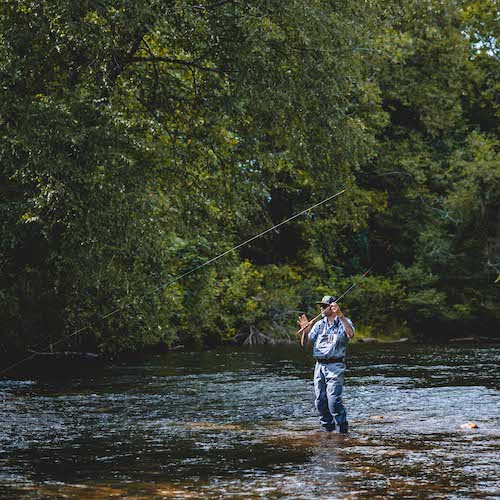 Stream Report
Stream Report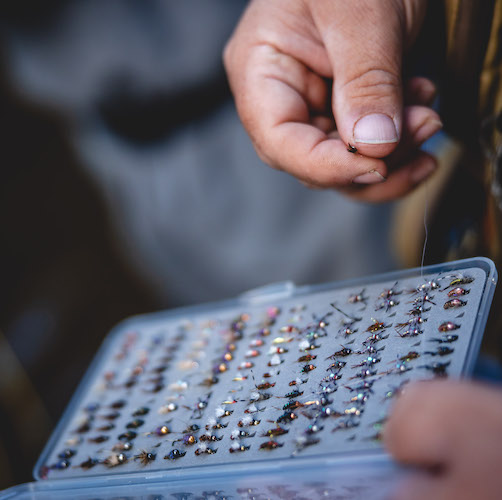 Seasonal Hatches
Seasonal Hatches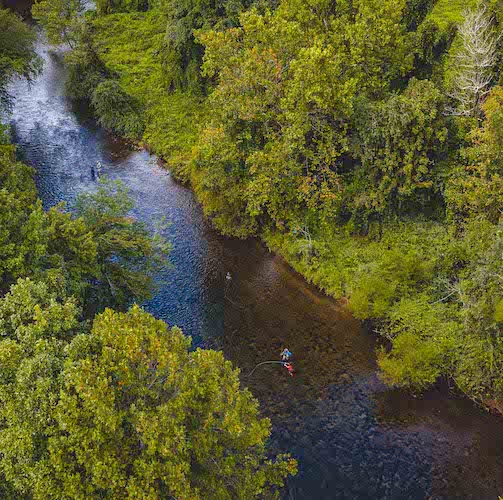 Stream Guide
Stream Guide
